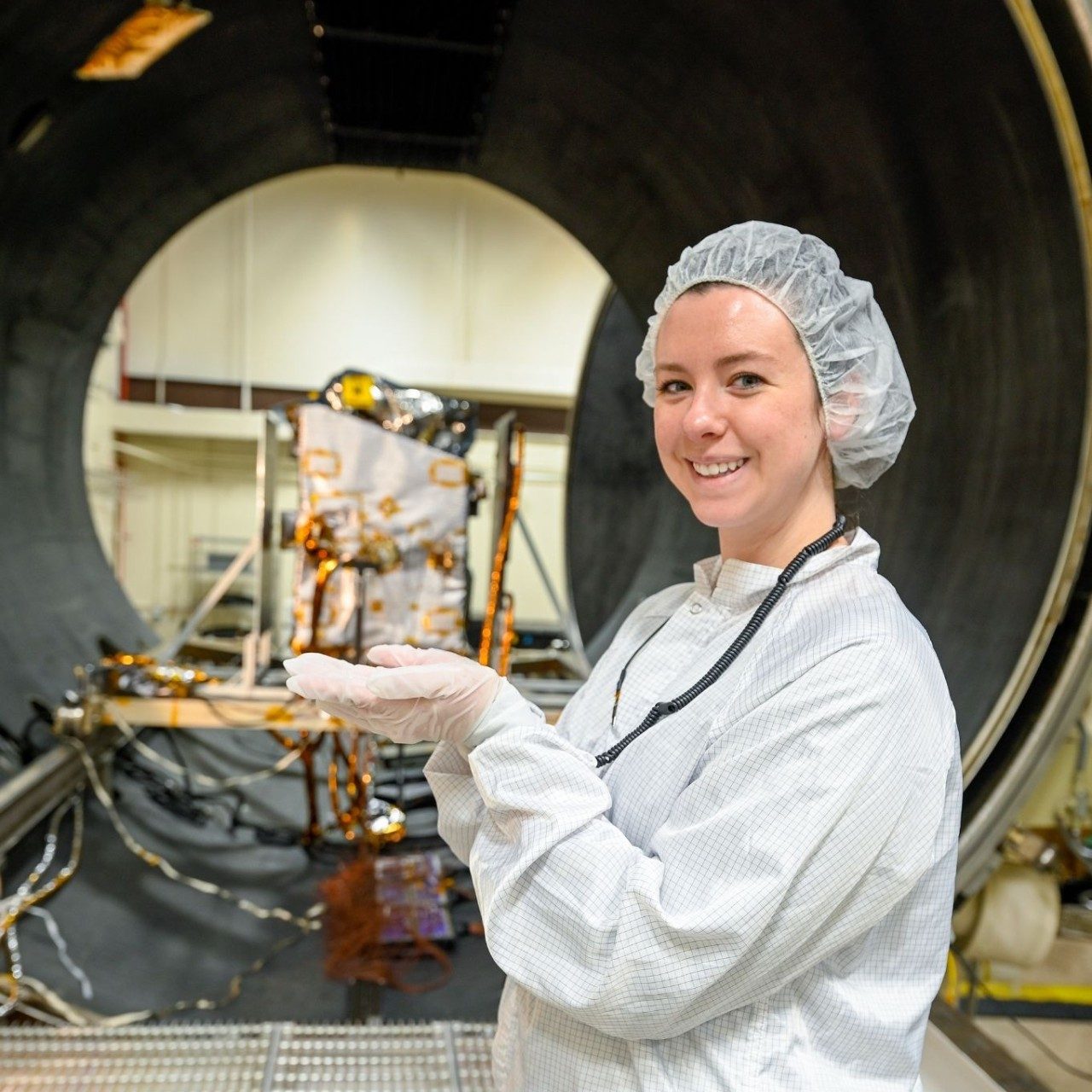As NASA prepares for the launch in 2024, Lockheed Martin is highlighting some of the women behind the design, engineering, manufacturing and testing of Lunar Trailblazer, the spacecraft set to map the lunar surface in an effort to find and study water on the Moon.
Lunar Trailblazer isn’t just a catchy name for NASA’s next mission to the Moon. This spacecraft, part of NASA’s Small Innovative Missions for Planetary Exploration (SIMPLEx) program, will detect and map the Moon’s surface to find and study lunar water. This will blaze a metaphorical trail for lunar exploration that could help us better identify future Moon landing sites for humans and discover new clues about the delivery of water and other materials to the Earth-Moon system over time. “We are setting the stage for lunar exploration,” said Sue Linch, former engineering manager for Lunar Trailblazer. “It’s a platform for other lunar missions, like Parsec, and we’re very excited to be a part of showcasing an entirely new line of satellites.”
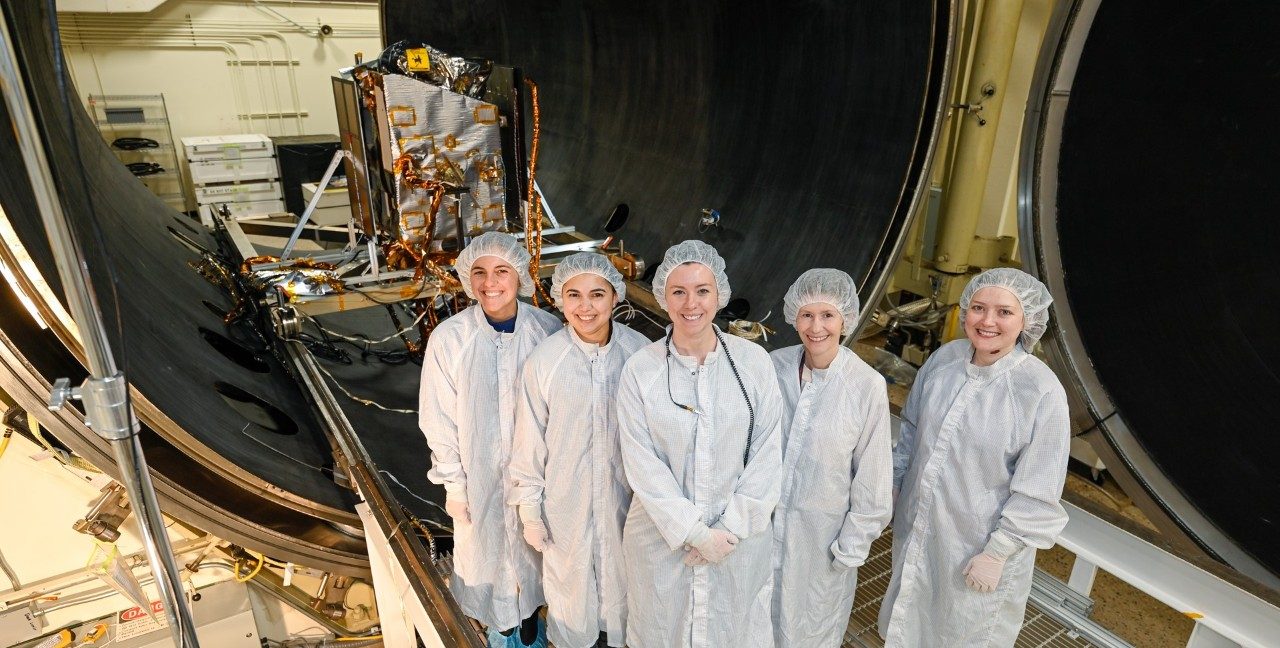
Curious about Curio™
Lunar Trailblazer is built upon Lockheed Martin’s Curio™ SmallSat, a new, deep space satellite that is smaller and lower cost, designed for planetary, astronomy, heliophysics and earth science missions as well as lunar communication and navigation.
“We’re all interested in the spacecraft and how different it is from others that we’ve worked on in the past,” said Estelle Church, the assembly, test and launch operations (ATLO) manager for Curio™ and Lunar Trailblazer. “It’s been a huge challenge because developing these spacecraft is like a big puzzle that we have to solve with everyone wearing multiple hats to get it done.”
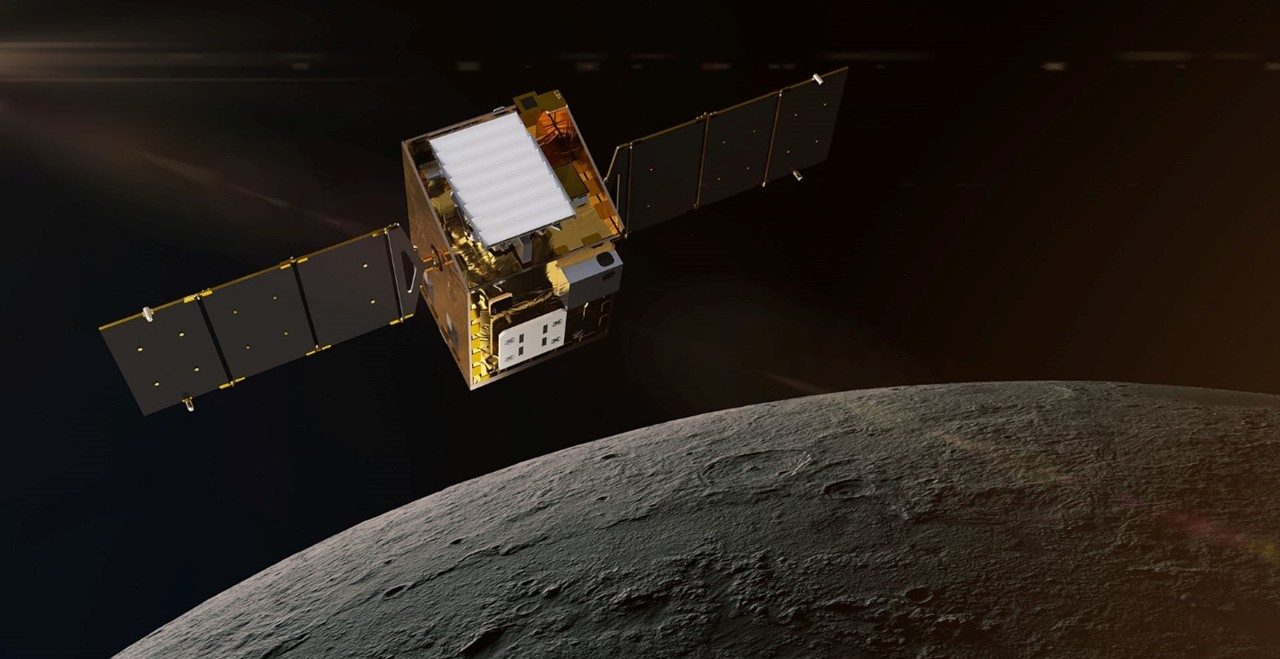
Powering Through Challenges
When developing spacecraft for lunar exploration, things rarely go perfectly. During the development of Lunar Trailblazer, an issue with development of the propulsion system arose, which needed inventive actions for a resolution. “We used to manufacture our propulsion systems in Denver, but recently moved that operation to a facility in Stennis, Mississippi,” said Pam Campbell, propulsion engineer for Lunar Trailblazer. “It was the first time building the system at Stennis, which we attempted to manage remotely.”
Ultimately, though, a more hands-on approach was needed as the propulsion system was too involved to manage from afar. “I ended up just going down to Stennis for seven weeks and was on the floor with the technicians every day, providing guidance and direction to get the prop system built,” Campbell said.
Another challenge that faced the team was the evolution of roles throughout the project’s lifetime. “Almost all of us have changed our specialties along the way,” said Liz Hayes, software systems engineer. Hayes began her time with Lunar Trailblazer as a manufacturing engineer before transitioning into the role of software systems engineer. “As a manufacturing engineer I learned a lot, but not much translated over to this new role. Getting up to speed was a challenge, but the team has been so helpful along the way.”
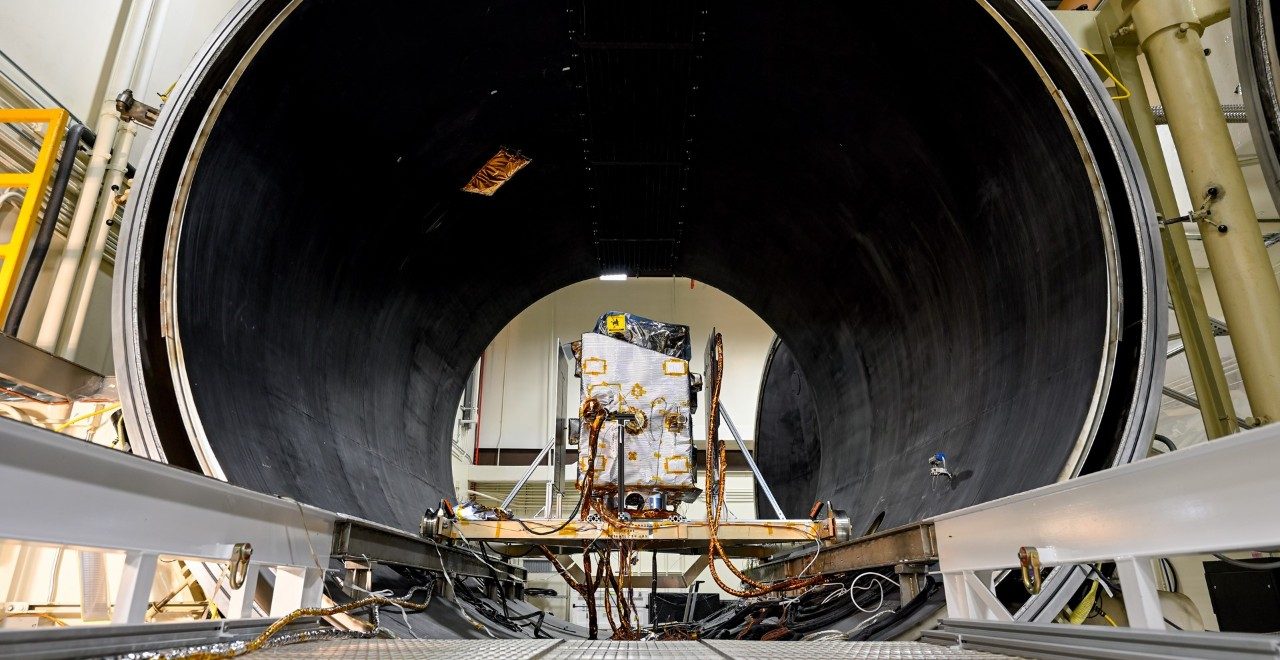
Lunar Trailblazer inside the thermal vacuum chamber (TVAC).
The “Where, What, and Why” of Lunar Trailblazer
Lunar Trailblazer looks to find the answers to these questions and is also set to aid future Moon landings. “Mapping the lunar surface is important for our plans to explore the Moon robotically and with humans,” Dr. Ehlmann said. “We want the best maps to pick the best landing sites. Finding water and being able to access it is a key aspect for future plans at the Moon.”
When asked about her favorite aspect of the Lunar Trailblazer mission, Dr. Ehlmann said, “I get to see our science goals turned into engineering reality and, in a small way, work on all the aspects of the spacecraft, which is fun and means learning something new about doing space exploration every day.”
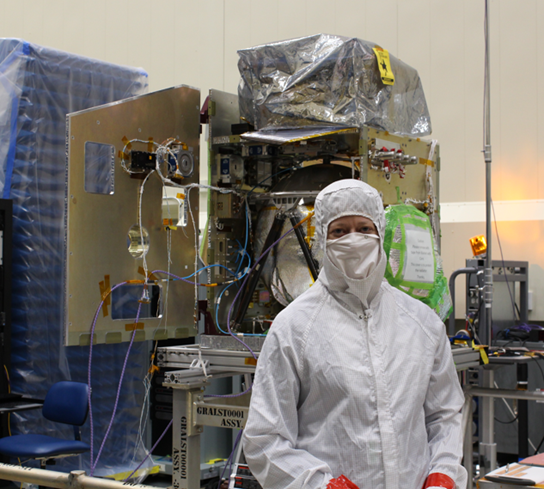
Blazing Your Own Trails
The journey to being a part of a NASA mission to the Moon can take many paths. The trick is to pave your own way. For some, like Jessica Pfeffer, test engineer for Lunar Trailblazer, it started with inspiration at a young age from a couple Martian explorers. “When I was a kid, I remember the Spirit and Opportunity rovers,” Pfeffer said. “Once I saw news coverage of those rovers I knew I wanted to work in aerospace.” And the rest is history.
The trick, it seems, is to think big.
“Don’t limit yourself. Learn anything and everything,” Church said. “If you have the passion and the drive, there’s nothing you can’t do.”
Linch expounded on that thought by adding that being curious and finding what you enjoy doing are also important. “Your job will be there for a long time, and you want to find that career where you’re excited to come to work every day.”
“And don’t forget to enjoy life and have fun,” Campbell added. “You want to be sure you do the things that make you happy along the way.”
